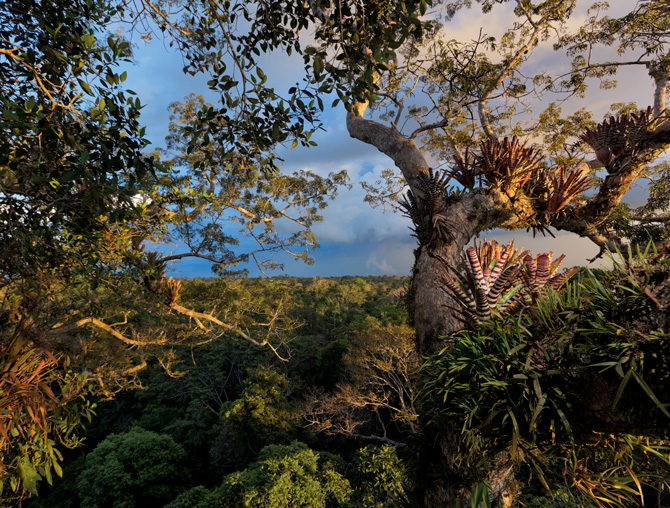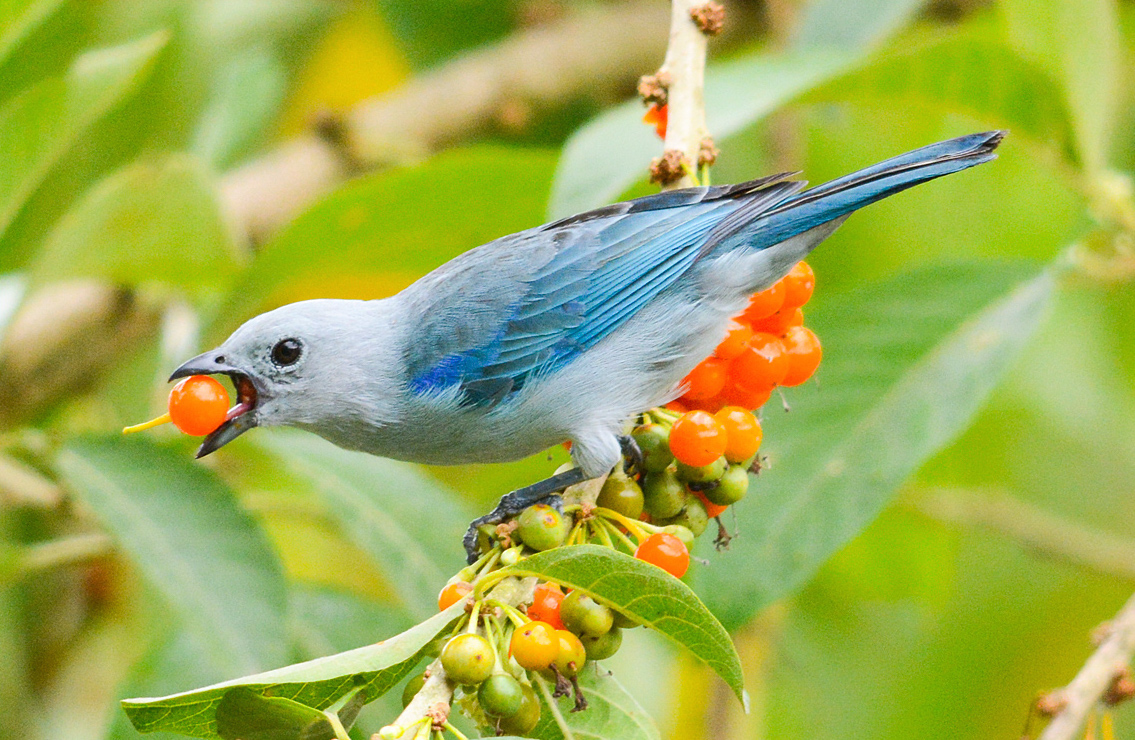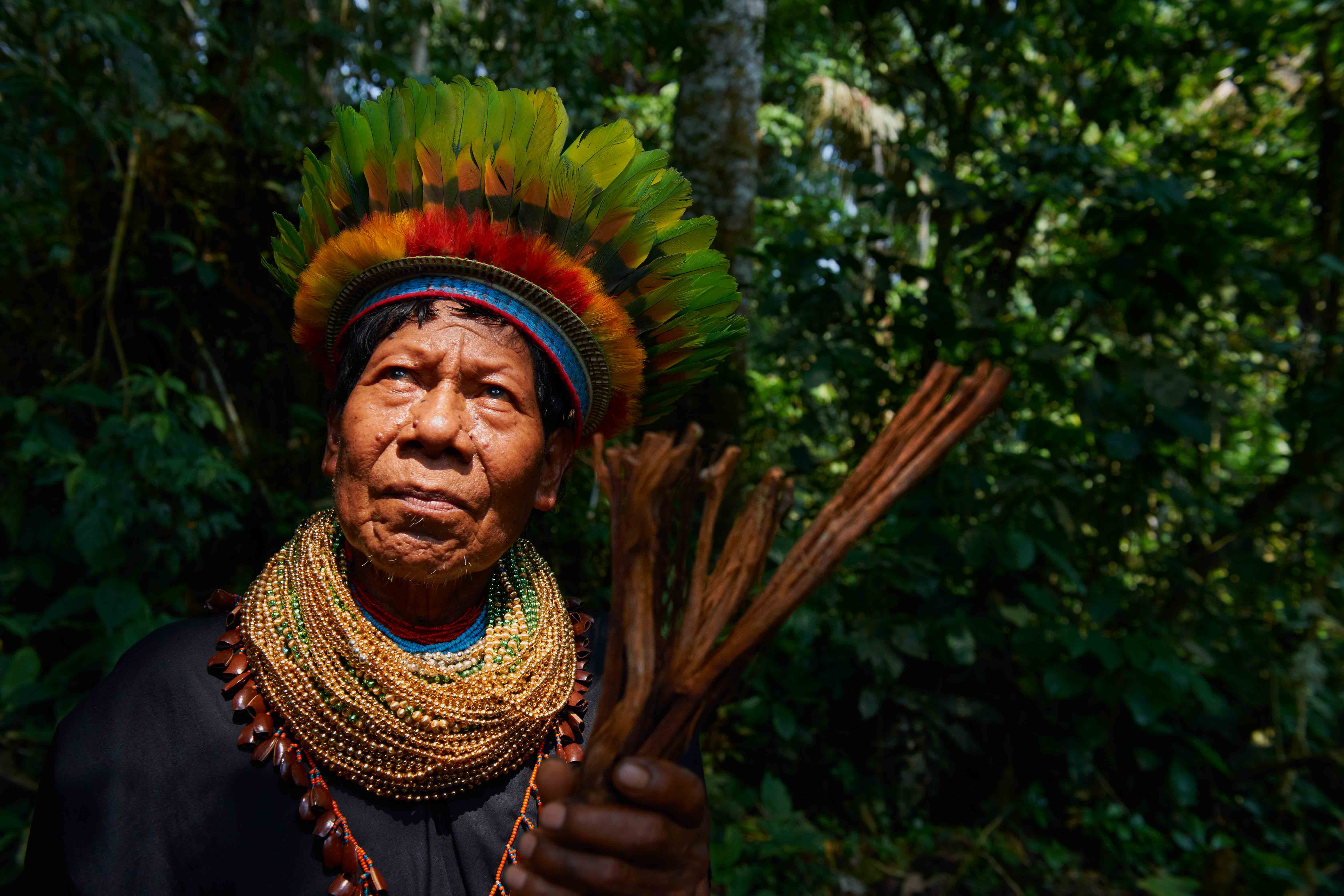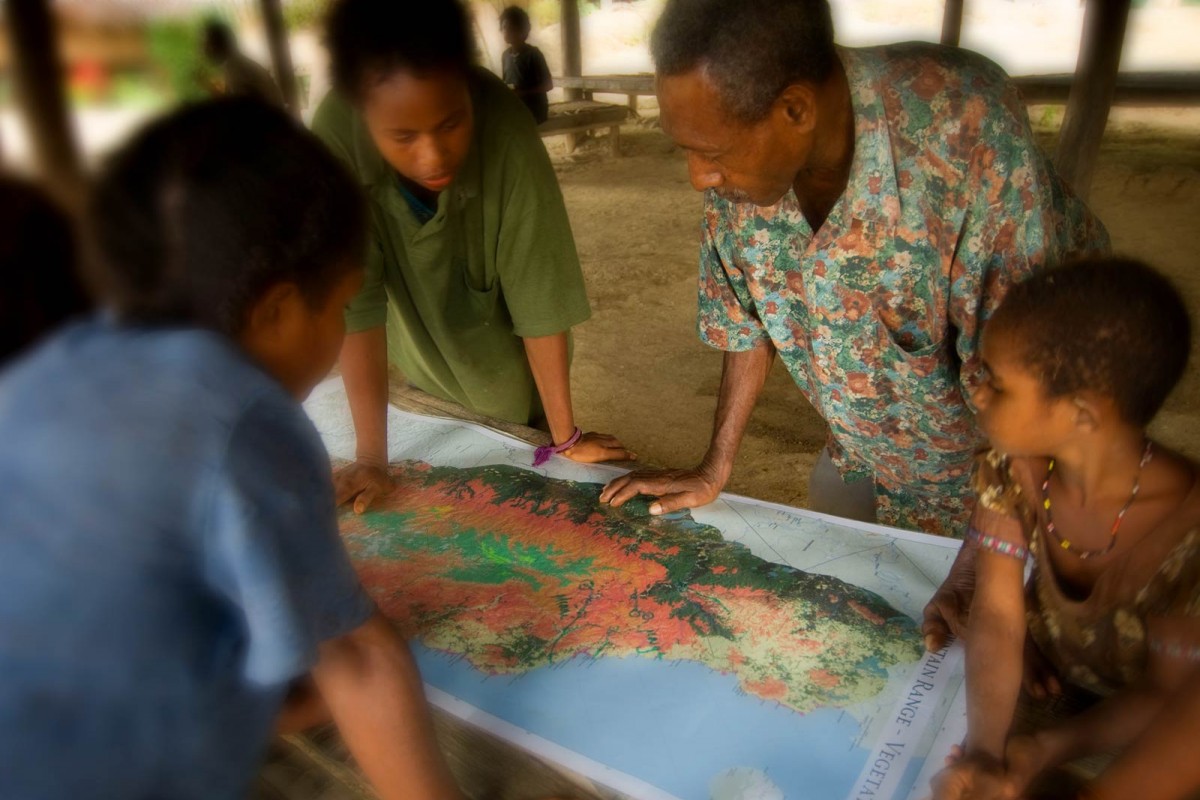
Tropical Ecology and Conservation
Developing inter-disciplinary collaborations in research and education and connecting faculty, students, alums, and partners together in a multiplicity of ways.

Seed Dispersal
In tropical wet forests the vast majority of plants (>90% of species) rely on animals to disperse their seeds. Seeds that remain un-dispersed (i.e., fall below the parent plant) suffer nearly 100% mortality, frequently as a result of pathogens, seed predators, or other causes. We are interested in the degree to which animal seed dispersers or suites of dispersers can influence the ecology and evolution of plant populations. We study the foraging and spatial ecology of animals and the post-dispersal establishment of plants. Only by teasing apart individual relationships between animal dispersers and stages of plant recruitment (seed removal, dissemination, and establishment) will we be able to understand the potential selective role animals play in influencing plant population dynamics.

People and Nature
Natural resource use by local communities, community-based environmental monitoring programs, invasive species, how agricultural landscapes can be made more “friendly” for biodiversity, and how global change, including land use and climate change, may impact biodiversity patterns. These are research topics being explored by the Loiselle lab.

Geographic Information Systems
GIS has become a powerful and essential tool for the ecologist and conservationist toolbox. Many of the research questions being addressed in Loiselle’s lab have strong underlying spatial components (e.g., movement patterns of fruit-eating birds; seed and seedling shadows created by frugivores; distribution of manakin leks in the environment) and GIS has allowed for much greater sophistication in analyzing spatial patterns in ecology. In addition, we use GIS to inform conservation decisions by modeling patterns of biodiversity at different spatial scales.